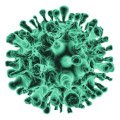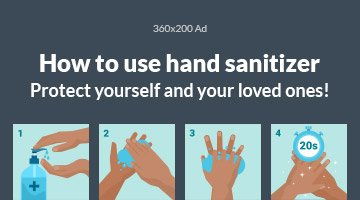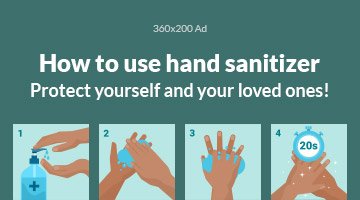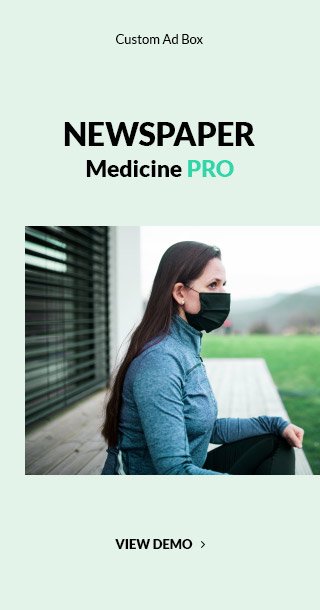Sleep apnea is more than just loud snoring. It’s a serious condition where your breathing repeatedly stops and starts during sleep, often leaving you exhausted during the day and increasing your risk for heart problems and other health issues. Fortunately, treatment options have come a long way. Whether you need mechanical assistance, a small device in your mouth, or even surgery, there’s likely a solution that fits your lifestyle and severity level.
Here’s a look at the most commonly used—and emerging—sleep apnea treatments, broken down to help you understand what might work best for your needs.
Positive Airway Pressure (PAP) Devices
PAP therapy remains the gold standard for treating moderate to severe obstructive sleep apnea. These devices use a mask to deliver air pressure that helps keep your airway open while you sleep. However, not all PAP machines are the same.
CPAP (Continuous Positive Airway Pressure)
The most widely used PAP device, CPAP provides a steady stream of pressurized air to prevent airway collapse. It’s particularly effective for moderate to severe obstructive sleep apnea.
What to expect:
- Some people find it uncomfortable, especially at first.
- The constant airflow can cause dry mouth, nasal congestion, or even nosebleeds.
- Bloating and mild stomach discomfort are also possible.
BiPAP (Bilevel Positive Airway Pressure)
BiPAP machines adjust air pressure based on your breathing—inhaling triggers a higher pressure, while exhaling lowers it. This makes it easier to breathe out, which is helpful for people with more severe apnea or coexisting breathing difficulties.
Keep in mind:
- Masks may leak or cause discomfort.
- Like CPAP, BiPAP can lead to dry mouth, sinus issues, or bloating.
- Not ideal for individuals with trouble swallowing or diminished alertness.
APAP (Auto-titrating Positive Airway Pressure)
APAP machines automatically adjust air pressure throughout the night based on your breathing patterns. This makes them a good option for people whose sleep apnea worsens during REM sleep or when sleeping in certain positions.
Pros and cons:
- Many find APAP more comfortable than CPAP or BiPAP.
- May help those with variable sleep apnea needs.
- Not suitable for those with chronic heart failure or obesity hypoventilation syndrome.
- Slow pressure shifts can disrupt sleep in some users.
ASV (Adaptive Servo-Ventilation)
Designed primarily for people with central sleep apnea (caused by the brain not sending proper signals to the muscles that control breathing), ASV machines continuously adjust to your breathing needs using real-time monitoring.
Best for:
- Those with central or complex sleep apnea.
- Not recommended for people with advanced heart failure or chronic respiratory conditions like COPD.
Upper Airway Stimulation Therapy
This relatively new treatment, also called hypoglossal nerve stimulation, involves surgically placing a small device in the chest. The system monitors breathing patterns and stimulates throat muscles to keep the airway open, especially during inhalation.
Ideal for:
- People with moderate to severe obstructive sleep apnea who haven’t found relief with PAP therapy.
- Those looking for a long-term solution with fewer daily side effects.
Oral Devices and Mouthpieces
For those with mild sleep apnea or who can’t tolerate PAP machines, oral devices may offer relief.
Oral Appliances
Custom-fitted by a dentist, these devices resemble sports mouthguards and work by gently shifting your jaw or tongue forward to keep the airway open.
Downsides:
- Potential jaw pain or discomfort
- May not be as effective for moderate to severe cases
Oral Pressure Therapy (OPT)
Instead of pushing air into your throat, this device uses gentle suction to pull the tongue forward and stabilize your airway. It’s less bulky than a CPAP machine and doesn’t require a mask.
Nasal Dilators
These are simple tools—either internal inserts or external strips—that keep the nostrils open. While helpful for mild snoring, they aren’t generally effective for true sleep apnea.
Surgical Options
Surgery is typically reserved for people who haven’t responded to other treatments or have anatomical issues contributing to airway blockage. It can be effective but often comes with longer recovery times and no guarantee of permanent relief.
Common Surgical Procedures:
- UPPP (Uvulopalatopharyngoplasty): Removes excess tissue from the soft palate or throat.
- Septoplasty/Turbinate Reduction: Improves airflow by correcting nasal structures.
- Radiofrequency Tissue Reduction: Uses heat to shrink tissues like the tongue or tonsils.
- Palatal Implants: Small rods stiffen the soft palate to prevent collapse.
- Genioglossus Advancement: Moves part of the jaw to reposition the tongue.
- Maxillomandibular Advancement: A more invasive procedure that repositions both jaws for maximum airway space—often used in severe cases.
Each of these surgeries targets specific anatomical causes of apnea and may be used alone or in combination, depending on the patient’s condition.
Alternative Therapies
Some patients seek out non-traditional methods, particularly when other treatments haven’t worked.
Acupuncture
Though research is still limited, some early studies suggest acupuncture may reduce the severity of obstructive sleep apnea by improving breathing and reducing inflammation.
Choosing the Right Treatment
There’s no one-size-fits-all answer when it comes to sleep apnea. The best treatment depends on:
- The type and severity of your apnea
- Your overall health
- Your ability to tolerate specific devices or procedures
- Your lifestyle and preferences
Consulting a sleep specialist is crucial to finding the most effective and sustainable option for you. Whether you benefit from a PAP device, explore surgery, or try an oral appliance, consistent treatment can significantly improve your sleep, energy levels, and long-term health.
Bottom line: If you’re struggling with sleep apnea, know that there are more choices than ever before. Advances in technology, personalized devices, and alternative therapies mean that help is within reach—often without sacrificing comfort or quality of life.






